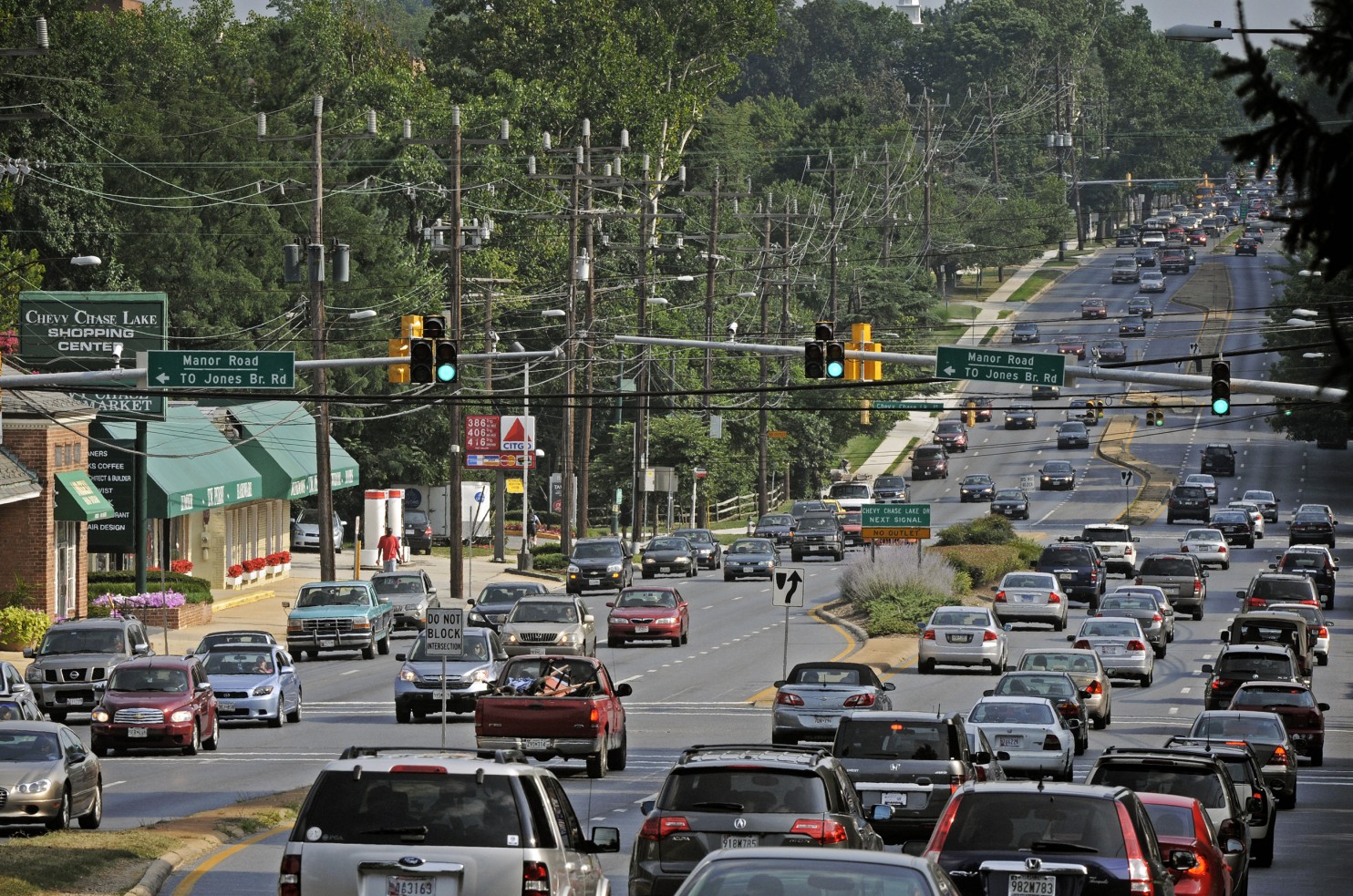Maryland Reporter has the story:
In response to a call to its waste, fraud and abuse hotline, the Office of Legislative Audits investigated complaints about contracting at the Maryland Transit Administration, which runs the buses, subway and light rail line in the Baltimore region.
“Our review disclosed that MTA included language in certain contracts that allowed its employees to circumvent State procurement regulations by directing the contractors to use specific vendors as subcontractors,” chief legislative auditor Gregory Hook said in a letter to lawmakers. “The MTA management employee used this capability to direct work to specific vendors as subcontractors including one vendor with which the management employee had less than an arm’s-length relationship (related vendor). The related vendor was paid $3 million for the subcontracted work. Due to the questionable nature of certain of this activity, we referred this matter to the Office of the Attorney General – Criminal Division. We also identified possible violations of State ethics law that may require referral to the State Ethics Commission.”
“Our review also identified questionable procurement and contract monitoring practices, which may have limited competition and precluded effective monitoring of contracts and related payments,” Hook said. Contracts were issued without proper approval, and payments were made without invoices to back up the work.
Four contracts for snow and ice removal totaling $6.2 were issued to a contractor that the project manager had a relationship with.
While Secretary Rahn says that his office takes the “findings of the audit seriously,” he has yet to apologize or take responsibility for this occurring in his office on his watch on his pet project. When Gov. Hogan promised to make Maryland more business friendly, presumably he wasn’t talking about featherbedding of the form so appreciated by President Trump.


